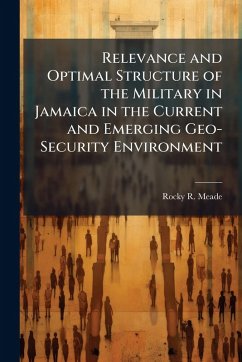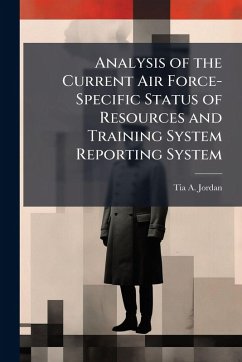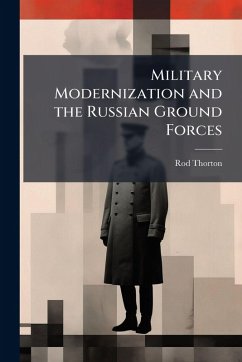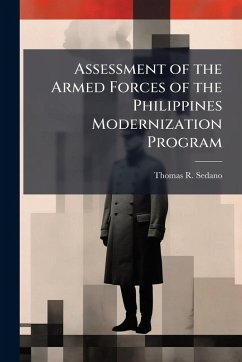
How the Current View of the Air and Space Environment Influences Development of Military Space Forces
Versandkostenfrei!
Versandfertig in über 4 Wochen
14,99 €
inkl. MwSt.
Weitere Ausgaben:

PAYBACK Punkte
7 °P sammeln!
Perceptions determine actions. The military's perception of the air and space environment influences the type of space forces it will develop in the future. This paper addresses this perception by answering the following question: How does the current view of the air and space environment influence the development of military space forces? The research method centered on surveying literature and interviewing DOD policy makers to develop the idea that the military's current organizational paradigm is a paradox that sees space as a medium, separate from air, while at the same time, bound to it p...
Perceptions determine actions. The military's perception of the air and space environment influences the type of space forces it will develop in the future. This paper addresses this perception by answering the following question: How does the current view of the air and space environment influence the development of military space forces? The research method centered on surveying literature and interviewing DOD policy makers to develop the idea that the military's current organizational paradigm is a paradox that sees space as a medium, separate from air, while at the same time, bound to it physically, theoretically, and historically. This paradox creates a dilemma that influences the military's ability to advocate and justify requirements, and ultimately garner resources to develop a viable space force. The paper develops measures of merit to show organizational evidence of how these linking and separating positions of the paradigm express themselves within the military. This has both positive and negative aspects for space force development. It promotes a healthy climate for debate, but at the same time, frustrates DOD's ability to generate a healthy concept-pull environment. The paper concludes by opening the door to ideas for resolving the dilemma the current paradigm presents. This work has been selected by scholars as being culturally important, and is part of the knowledge base of civilization as we know it. This work was reproduced from the original artifact, and remains as true to the original work as possible. Therefore, you will see the original copyright references, library stamps (as most of these works have been housed in our most important libraries around the world), and other notations in the work. This work is in the public domain in the United States of America, and possibly other nations. Within the United States, you may freely copy and distribute this work, as no entity (individual or corporate) has a copyright on the body of the work. As a reproduction of a historical artifact, this work may contain missing or blurred pages, poor pictures, errant marks, etc. Scholars believe, and we concur, that this work is important enough to be preserved, reproduced, and made generally available to the public. We appreciate your support of the preservation process, and thank you for being an important part of keeping this knowledge alive and relevant.












